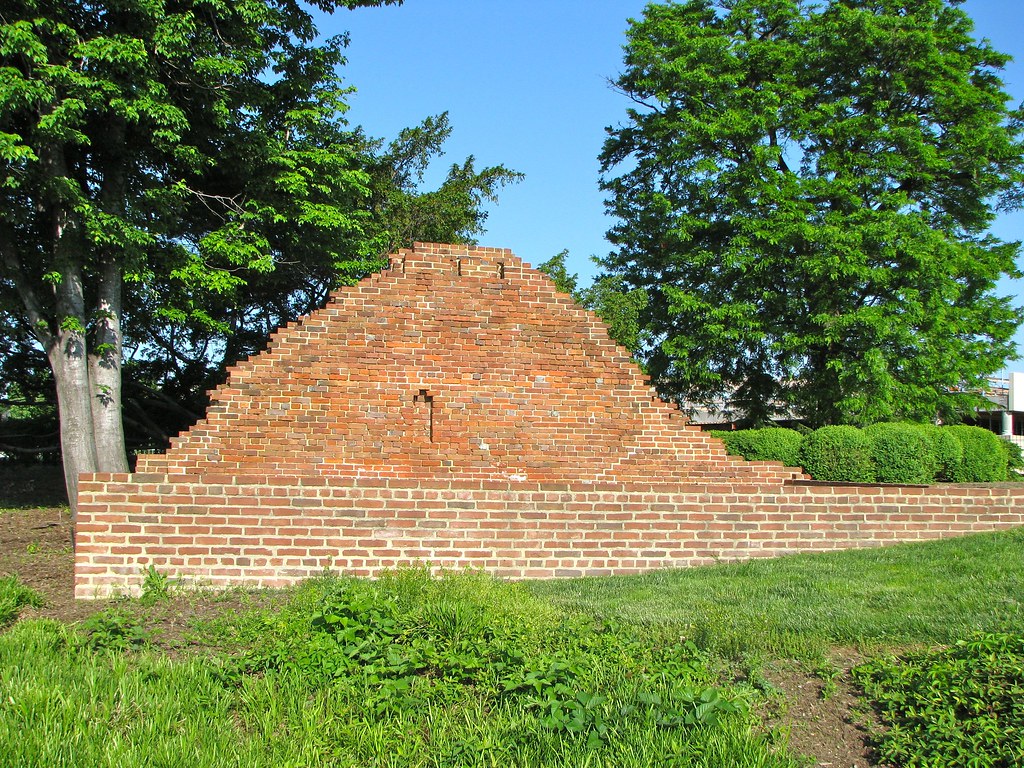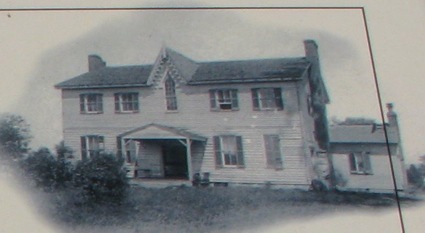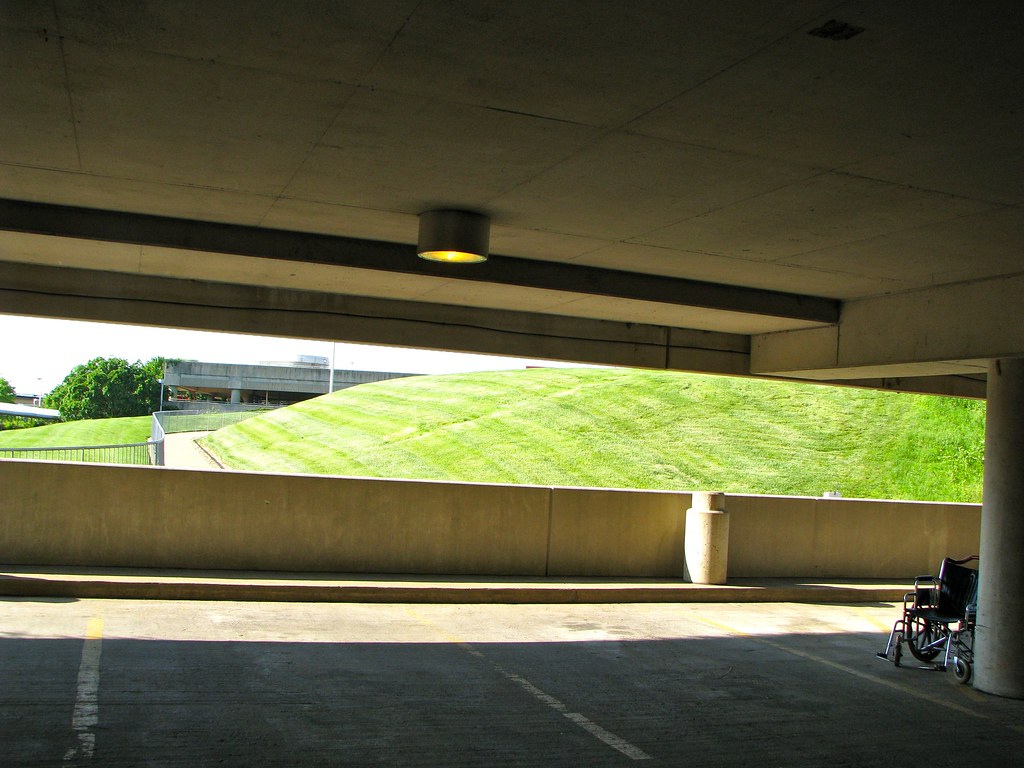Here stand the ruins of the old Abingdon Plantation, an antebellum estate dating back to the colonial times before the United States even existed, when Virginia was subservient to England. The Alexander family, perhaps best remembered today as the namesake of the nearby independent City of Alexandria, held title to these lands. Ownership passed to John Park Custis in 1778.
John’s father passed away while John was still a child, leaving him with a large inheritance. His mother remarried and life went on. John subsequently married Eleanor Calvert, a child of the Maryland clan of Calverts and a direct descendant of Lord Baltimore. He wished to move his growing family closer to his mother and step-father, and he was able to purchase the Abingdon estate with his financial means befitting his aristocratic standing. The couple had several children, one of whom, Eleanor (“Nellie”) may have been born at Abingdon.

The George Washington Connection

John’s mother was Martha Dandridge Custis and she’d remarried someone who became remarkably well-known as the years passed by, a gentleman by the name of George Washington. THE George Washington; commanding general of the American forces during the Revolutionary War, first President of the United States, the guy who would later become the namesake for its capital city and have his image printed on the fundamental unit of its national currency, you know, minor stuff like that.
John served during the war but passed away in Yorktown soon after the decisive 1781 battle. Ironically he survived the conflict but died of disease while in camp. He did not live long enough to return to Abingdon or see his step-father become President.
The Robert E. Lee Connection

George and Martha Washington informally adopted two of John’s youngest children, Nellie and her brother George Washington Parke Custis, and both left Abingdon to live at Mount Vernon. The brother George would eventually have a daughter, Mary Anna Randolph Custis who would inherit nearby Arlington House and marry Robert E. Lee. Catching a pattern here? These were some seriously well-connected people.
Social Prominence

Meanwhile back at Abingdon, John’s widow sold the estate which subsequently became the home for several wealthy and influential individuals over the next several decades. At least three U.S. Presidents visited Abingdon during the early nineteenth century, Polk, Tyler and Jackson, while under the ownership of the Hunter family. Abingdon maintained a prominent placement on the social scene of the new national capital.
The Civil War Comes to Abingdon
Virginia seceded from the United States as the Civil War drew near, and the Hunters supported the Southern cause. Abingdon became Confederate territory. Union forces seized the enemy land directly across the Potomac River from Washington at the onset of the conflict, building a ring of forts to protect its national capital. Abingdon became an armed Union encampment like other nearby Virginia estates lining the edge of the river. A New Jersey regiment dubbed it Camp Princeton.
After the war it took a Supreme Court decision to return the property to the Hunter family. However a plantation economy no longer existed and the adjacent river bottom became the home of industrial operations and brickyards. Abingdon fell into a slow spiral of decline and neglect. The once-majestic mansion burned to the ground in 1930, having stood for nearly 190 years.
The Secret
Abingdon Plantation does not get the respect it deserves. It lacks the name recognition and distinction of Mount Vernon or even of Arlington House just up the ridge. However, it remains a significant property in its own right. As interesting as I find the context and the history of this site, I realize there is something else that is very unusual at the plantation today. I’m going to reveal the secret to those of you who actually read all the way through the narrative.
People can visit Abingdon Plantation and it’s open to the public throughout the day. Even so the site has one of the strangest admission policies imaginable. Actually, admission is free. Nonetheless most visitors pay an indirect fee, selecting payment schemes that range from the very cheap to the unimaginably expensive, paying by:
- hour or the day
- distance traveled as influenced by time of day, or
- a whole host of complicated fees I can’t even begin to decipher
You see, the remnants of historic Abingdon Plantation are completely surrounded by Parking Lots A and B/C at National Airport. You may have figured that out already from some of the photographs (one shows part of the airport control tower and another has a Metro train in the background). Visitors have no way to walk to the ruins without coming to the airport. They must either:
- park in the airport garage
- take the Metro subway or a taxi (or have someone drop them off)
- fly in from another city
My Visit

I chose to park at the garage on this particular visit. I arrived on a Saturday morning when it was practically empty and I parked within feet of the aluminum access gate at the base of the Abingdon Ruins. This would be less of an option during the week when the lot often sells-out, in which case the National Airport stop on the Metro would be a better option.
Oftentimes when I arrive at the airport earlier than I expect, I will take a stroll through the old Abingdon ruins to kill a little time and soak up some of the historical ambiance. It’s a quiet spot, a little oasis away from the airport crowds. I don’t believe I’ve ever seen another soul wandering the ruins during any of my visits.
Preservation
There’s also a bit of revisionist history going on with the site today. The Metropolitan Washington Airports Authority makes a big deal about Abingdon and its history.
Nowhere do they mention that they fought tooth-and-nail to prevent Abingdon’s preservation, rebuffing historians and civic groups, being halted only by the direct intervention of the Virginia General Assembly. Otherwise the airport authority would have been completely destroyed Abingdon and replaced it with yet another parking garage.(1)
Nonetheless they maintain the grounds respectfully and provide all sorts of interpretive signs around the remaining ruins, so while it may not have been their preference, they’ve upheld their end of the bargain.
This has to be one of the most strangely-situated historic sites anywhere, the collision of two worlds unimaginable to each other. That’s what makes it worthy as a genuine geo-oddity.
This is blog posting #250 on the Twelve Mile Circle. Wow, it’s hard for me to believe I actually stuck it out this long.
12MC Loves Footnotes!
(1)Don’t simply take my word for it. Feel free to look it up, e.g., Airport Officials Urged to Preserve Abingdon Ruins; The Washington Post; Jan 30, 1992; b.03; or At National Airport, A Historic Destination; On Acre Nestled Between Parking Garages Are Restored Ruins of Colonial Plantation; The Washington Post; Nov 11, 1998; B.01., among many other options.

Leave a Reply